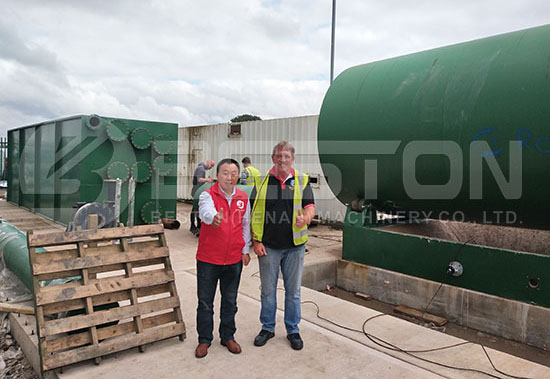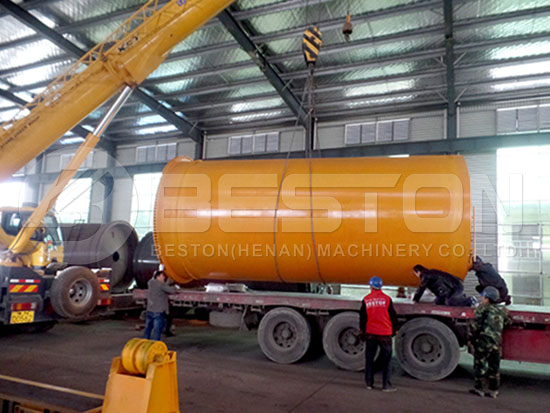One of the current trending issues facing modern society is the environmental concern and need for a more eco-friendly environment. Many environmental advocates in the political sphere are calling out for better protection steps to be taken to handle this issue, and as a result, many programs have been put in place to make use of resources at a human’s disposal. One of the most popular strategies to promote a ‘green planet’ is to recycle resources and generate energy from these items. Not only does this help reduce the load of waste being placed into the environment, but it also helps regenerate resources on a first-hand basis. Beston is a leading waste recycling equipment manufacturer aiming at engineering tomorrow’s world.
Waste tire recycling plant is one of the essential features of any recycling strategy. To operate, these recycling plants require exhausted tires to generate resources like pyrolysis oil – an oil that can be found in carbon black, furnace oil, and steel wire scrap. While recycling of these waste tires will reduce the pressure on the environment to recycle human waste, the environment should not be solely responsible for the extraction of oil. Entrepreneurs and environmental advocates understand this concept and operate these plants to gain from recycling waste tires.
Unfortunately, one of the primary contributors of whether the waste tire recycling plant is profitable is the fee for the company. The plants have various machines offering advocates choices regarding the equipment that will perform the recycling procedure, such as tire to oil machine. Each has a different price, and this article will provide information on the influencing factors regarding the price of the machines.
1. Level Of Automation
Regarding the amount of automation, there are two different types of waste tire recycling machines: the batch, semi-continuous pyrolysis plants as well as the fully continuous pyrolysis plant.
The continuous recycling machine operates by feeding and discharging the recycled tire waste automatically. In addition, it performs the function for a while without required time to ‘cool’ the plant. Unfortunately, it requires the plant to use a cutting machine to reduce the size of the tires being fed into the machine.
The intermittent waste tire recycling machine is a manual machine performing all feeding and collecting tasks manually; moreover, the equipment requires a ‘cooling’ time after each session. However, this machine is not as costly as the continuous machine because it does not have complicated systems and can operate more efficiently with longer run time.
2. Tonnage Output
The processing ability of waste tire recycling is another issue influencing the tyre pyrolysis plant cost. Reports show that the higher the capacity of the machine to recycle tires, the higher the overall cost. For example, a five-ton plant can have a price of approximately $50,000 as compared to a ten-ton plant costing approximately $150,000.
Final Words On The Matter
As can be seen, recycling of waste tires is important as an aspect of environmental conservation. Using the information above you can determine what is required to operate a waste tire recycling plant, as well as which is the more costly of the recycling machinery.

